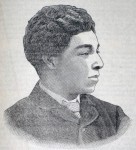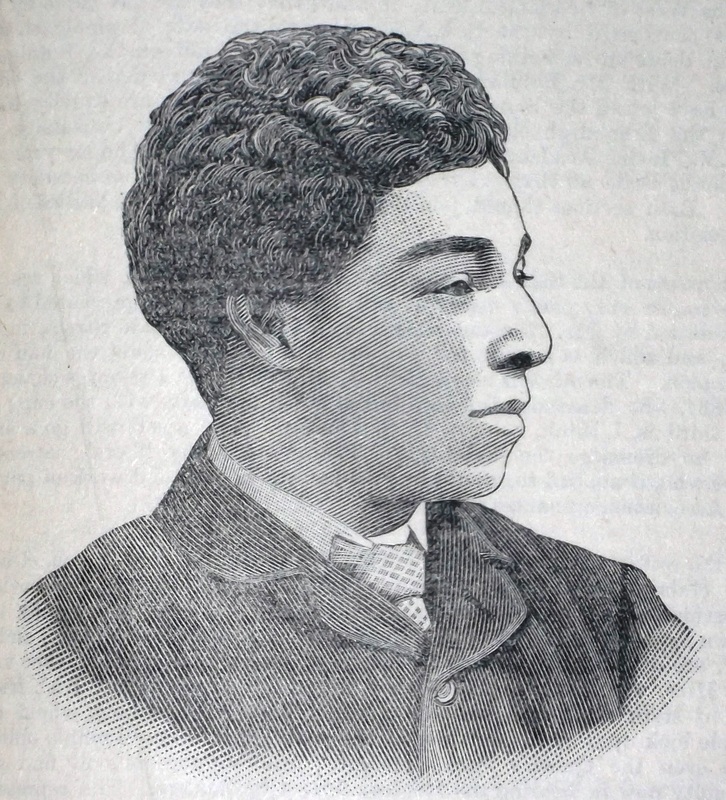Premier League Results
 |
Premier League 2014/2015 scores, Football England - FlashScores.co.uk
Football is played in many places around the world, with many different sets of rules, but there is only one place in the world where a type of football has been played continuously for a thousand years: Ashbourne, in Derbyshire, England.
The earliest written records of the game go back to the twelfth century, when the English king first tried to ban it! So the game is certainly older than that. Throughout history Kings, Queens, local councils and police forces have all tried to ban the game, but nobody has yet succeeded. Not even Kaiser Wilhelm III, nor Adolf Hitler, could stop it.
So committed are the people of Ashbourne to their game, that when the men were away fighting in the two World Wars, the women of the town took over, and made sure that the game continued!
In the end, the authorities gave up trying to ban it, and in 1928, a truce was called, and the then Prince of Wales, (later King Edward VIII) started the annual game, which was renamed “Royal Ashbourne Shrovetide Football.”
So what is it about this game that arouses so much animosity from the authorities, and such partisanship from its players?
First of all, this is football as it was originally played in medieval times, from the part of the world that gave football its two main codes, soccer and rugby. The Pilgrim Fathers also originated from this area, so it certainly influenced football in the United States, and the rest of the British Empire.
Think – football as an extreme sport!
The goals are three miles apart, and both are at the site of medieval mill wheels. The mills are long gone, but the posts remain, and to score a goal, the player must be in the river Henmore. The game is played on Shrove Tuesday (Pancake Day) and Ash Wednesday each year, so it is quite common for players to have to break the ice in order to play in the river.
The town of Ashbourne takes up the area between the two goalposts, and so forms the field of play. As there are no limits to the number of people who can play, it is not uncommon to be standing in an ordinary street, and then find literally hundreds of men in ragged clothes and heavy working boots suddenly rushing towards you!
This is exhilarating, and frightening to the uninitiated, but there are always refuges for spectators, and the very friendly locals will always help a stranger to stay safe.
With so many people involved, some damage to property commonly occurs, hence the past antipathy of the authorities. However, nowadays, the games’ governing committee have a fund, and all damage caused by Shrovetiders is paid for.
Although minor injuries to players are common, the game is played in good friendly spirit, and so serious injuries are mercifully rare, and there have only been a handful of deaths throughout all of the game’s long history. Injuries to spectators are almost unheard of.
The game is played by two teams, the Uppards, who are either born upstream of the town, or have Uppards family connections, and the Downards, who are affiliated to the downstream area of the town.
Unlike most modern football games, the aim is to score an own goal, the Uppards take the ball to the upstream goal, at Sturston, the Downards take the ball to the downstream goal, at Clifton.
The ball is made of cork, wood shavings and leather. It has been made in the same way for centuries, and the secrets of ball making is passed down through families from generation.
As the ball usually spends a fair amount of time in the river, and manhandled by groups of men each determined that the ball will travel in opposite directions, it needs to be very robust. (This crowd of indeterminate numbers is known as the “Hug”, which is a very apt name for a crush of 20 to 60 or more players, each man seeking advantage for his team, and to touch the elusive ball, somewhere in the middle.) It is larger than a soccer ball, and over time tends to get very heavy as it absorbs water.
There are very few rules, although over the last few years a new rule has been introduced, for the first time, that the ball must not be carried in a car or other motor vehicle. (A problem the medieval players weren’t faced with.) Rough and tumble are traditional aspects to the game, and the game is played as it was in medieval times. This is not the sport for the faint hearted.
The game starts with a ceremonial meal, usually roast beef, where speeches are made, songs are sung, and the person who is to “turn up” the ball, or start the game, is introduced to the participants.
Traditionally this is held at the Green Man Hotel, an ancient coaching inn in the center of Ashbourne, also traditionally the site of public executions. (These are one Ashbourne tradition which has thankfully died out.)
After the meal, he is then carried, shoulder high, by a contingent of players, to the Plinth on Shaw Croft car park, where the game traditionally commences. Once on the plinth, with some of the Committee, players are exhorted to keep to the spirit of the game, reminded of its great history, and then the Shrovetide Song and the National Anthem are sung by the entire crowd.
Then the chosen person throws the brightly painted ball into the waiting crowd, to a huge cheer. (Usually the person turning up the ball on a Tuesday is a celebrity, while the person on a Wednesday is a local person of good standing.)
The players now attempt to take the ball to their team’s goal. If the ball is goaled before 5 pm., another ball is turned up. If the ball is goaled between 5 and 10 pm., the game ends with the goal. If the ball is not goaled before 10 pm., then the game is declared over for that day.
The locals are fiercely proud of their game, and are only too happy to explain the finer points of play to strangers.
Written by Kate
Like O-Posts on Facebook
You can also follow O-Posts on Twitter @OPosts







 Football News 24/7
Football News 24/7